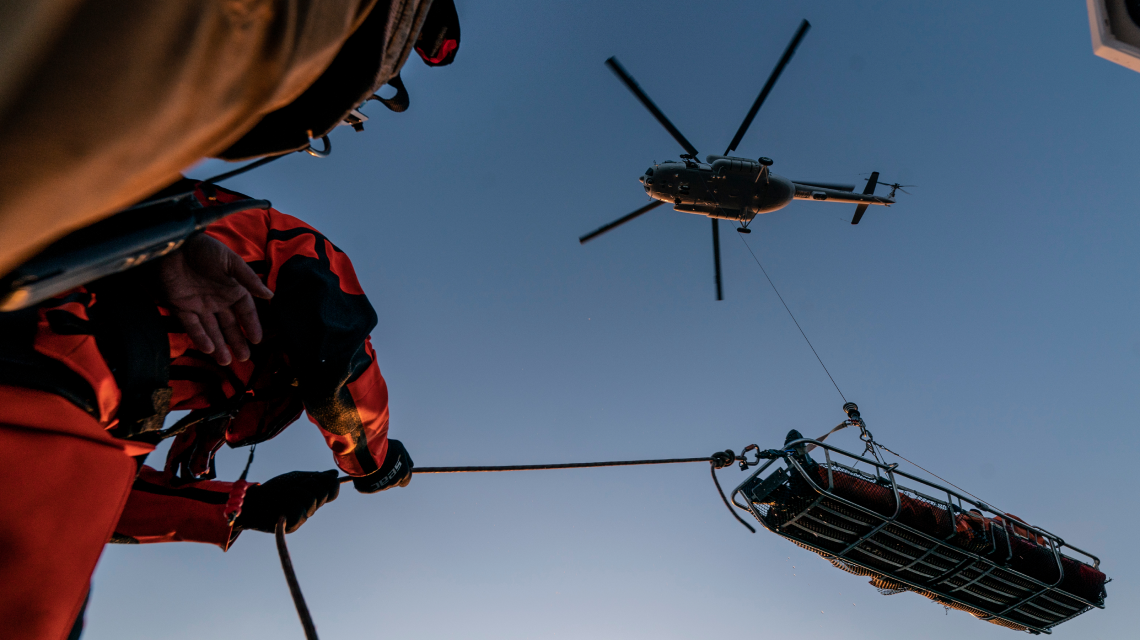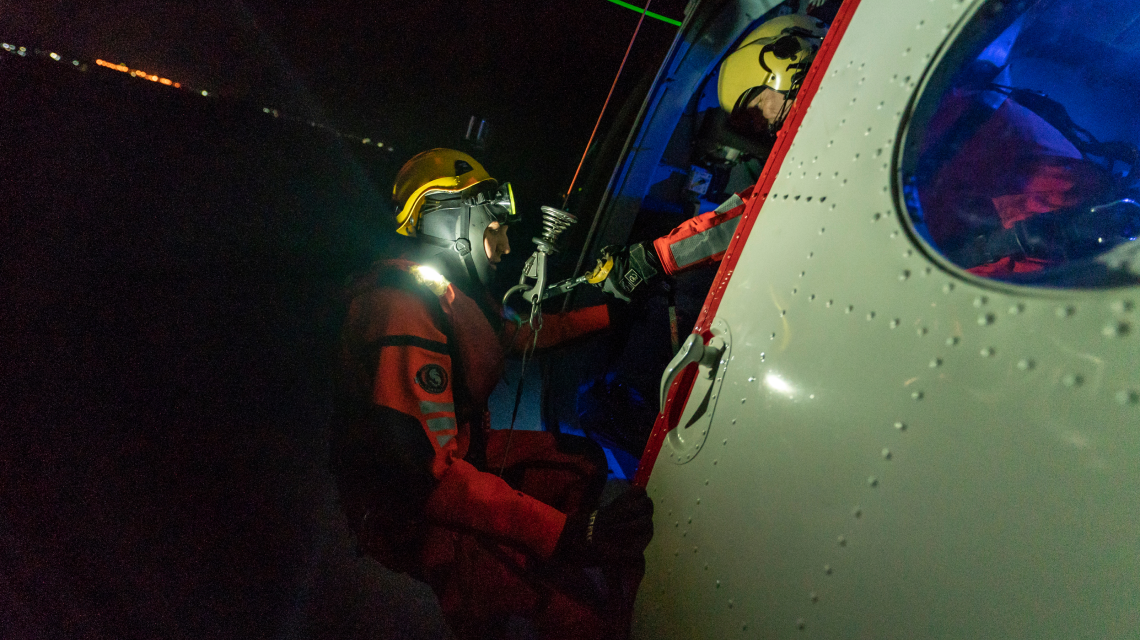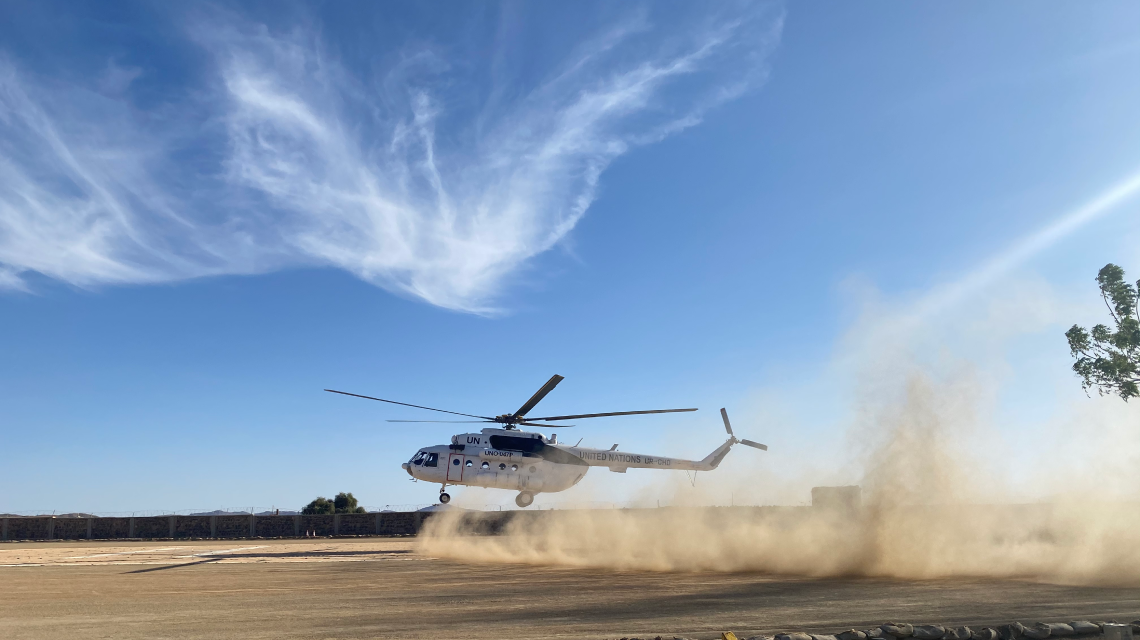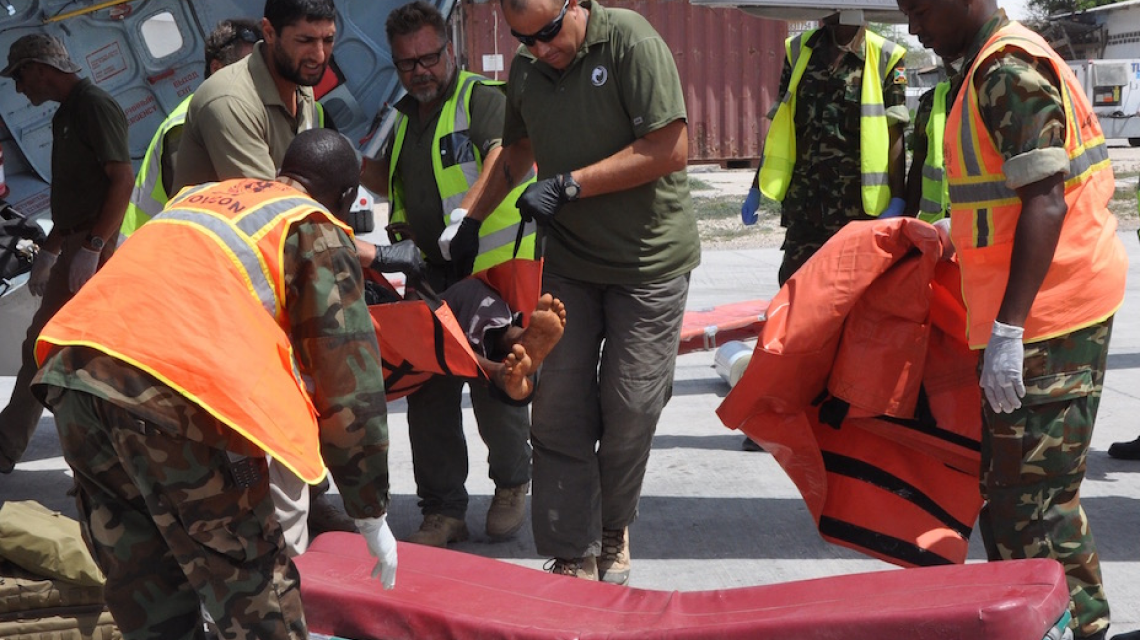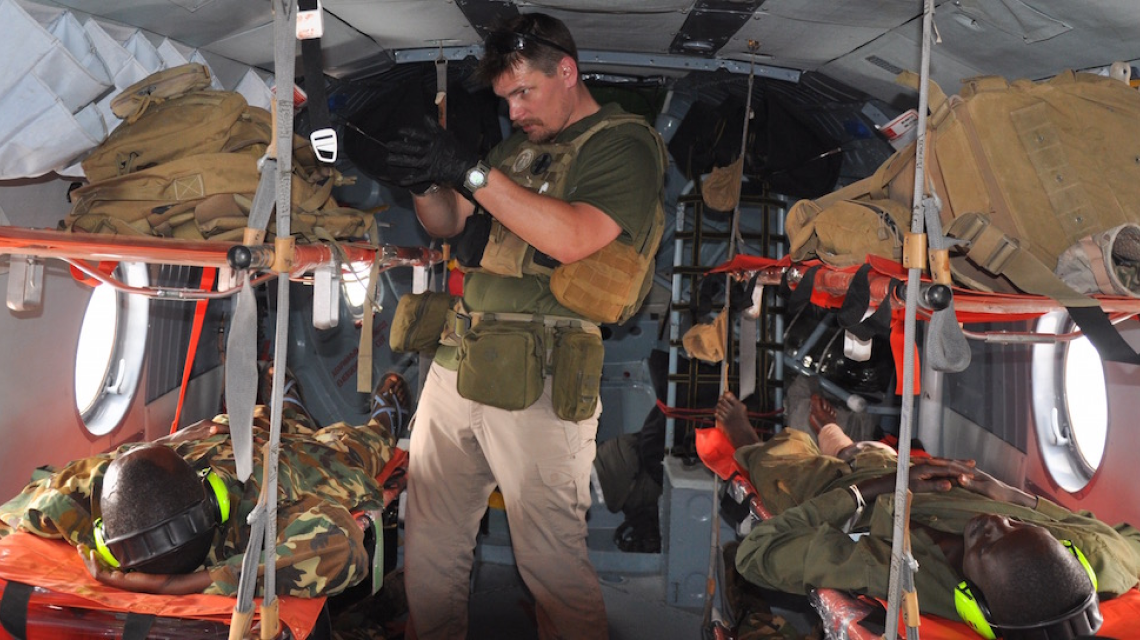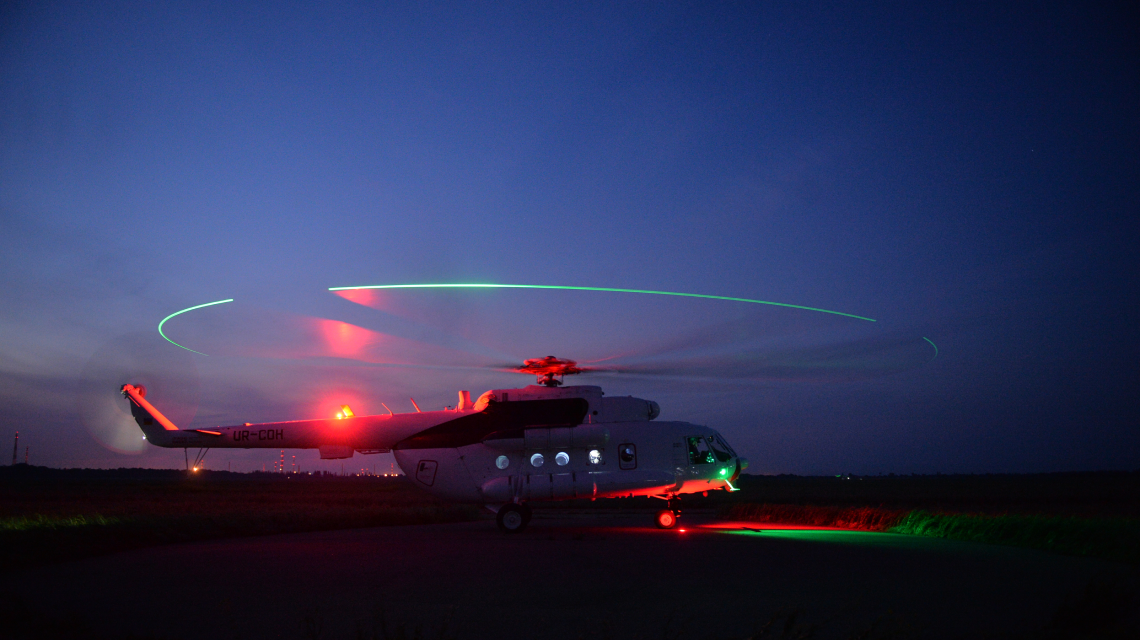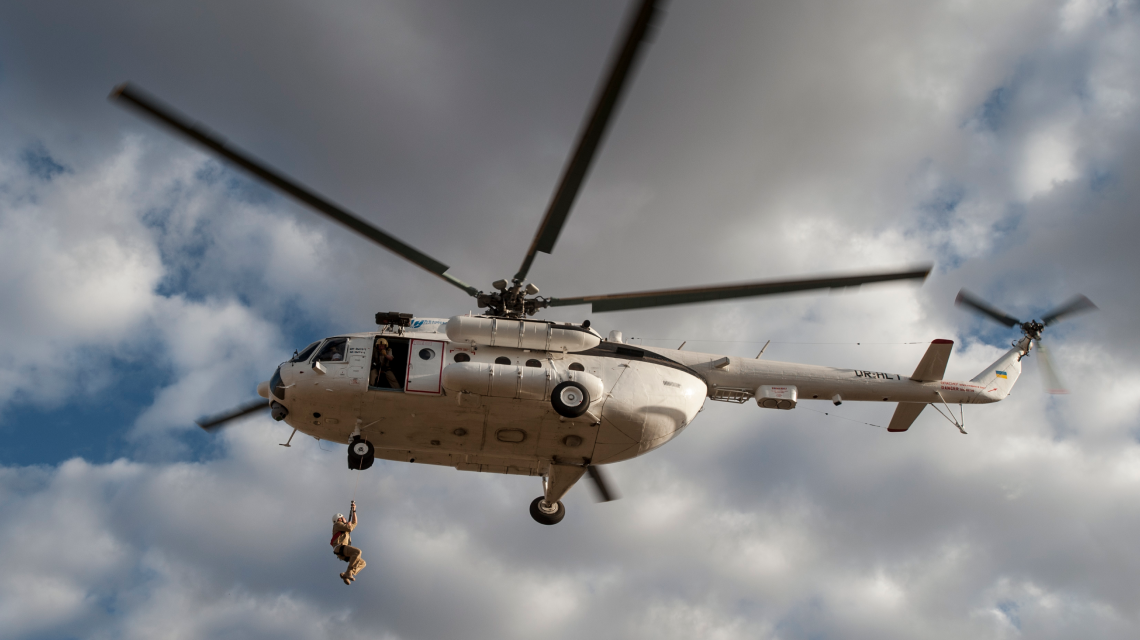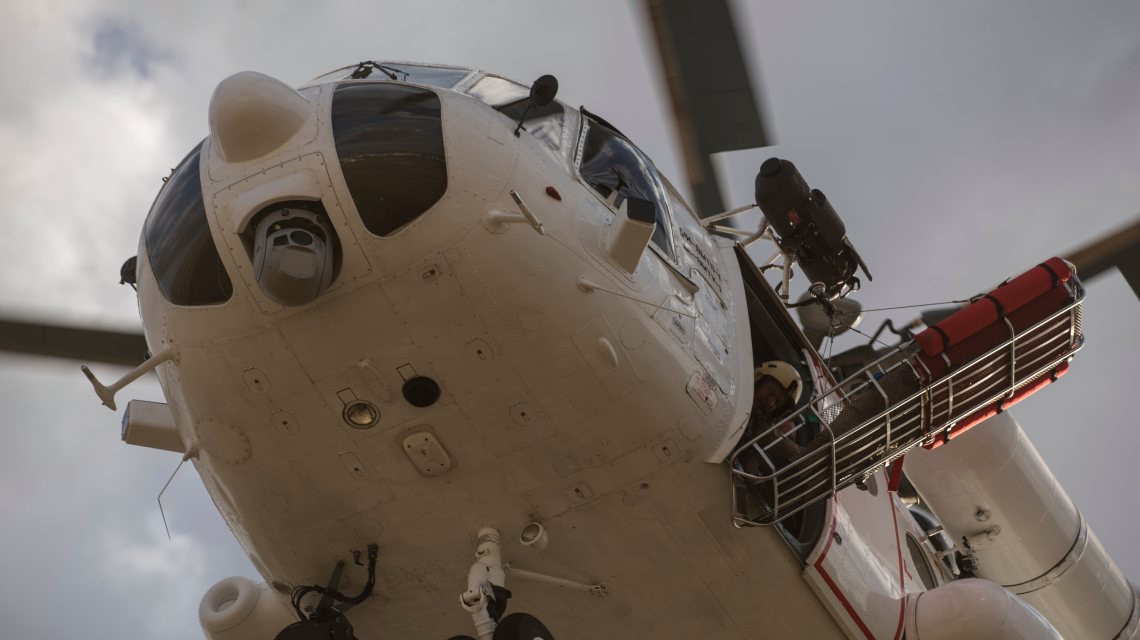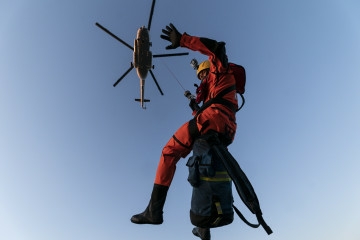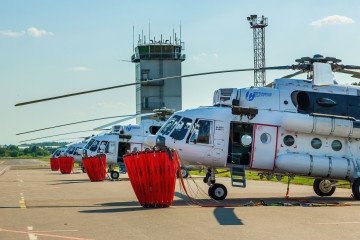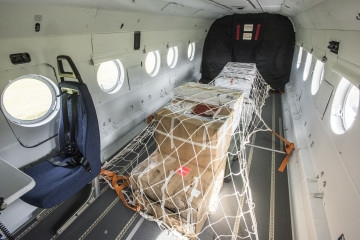About the company
Operations
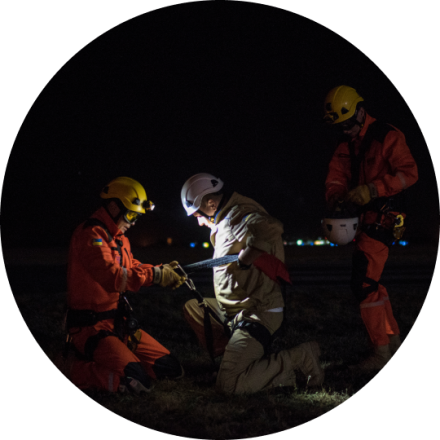
Types of aeromedical evacuation

0
Victims transported in CASEVAC operations
0
Patients transported in MEDEVAC operations
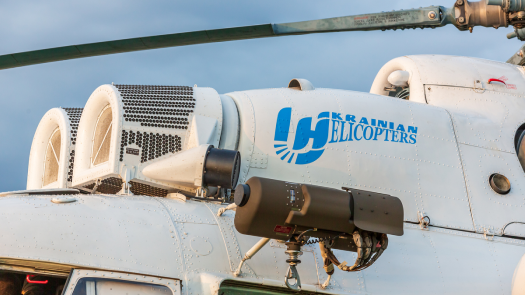
Rescue hoist system with increased lifting capacity and a descent device for disembarkation and evacuation. Evacuation is performed from a hovering mode at heights of up to 80 m.
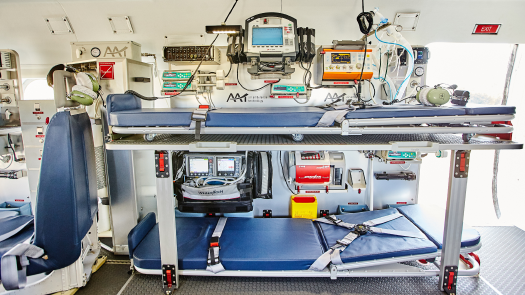
Resuscitation modules (up to 3 units) equipped with medical equipment, designed for transporting 2 patients each. The module includes a modular monitoring and defibrillation system, a portable ventilator, a portable medical aspirator, infusion pumps, and syringes, along with an immobilization system.
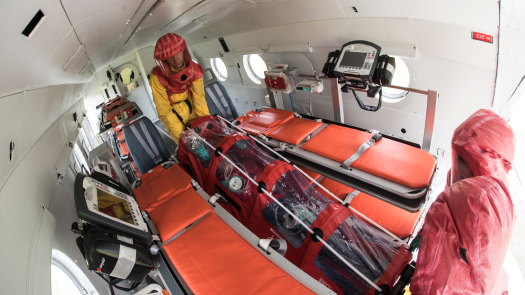
The medical modules include a set of stretchers for the safe evacuation and transportation of victims. Additionally, when transporting patients with dangerous infections, the helicopter is equipped with isolation capsules (biobags) for transporting the sick and a set of equipment for disinfection and isolation of transportation means and the patients themselves.
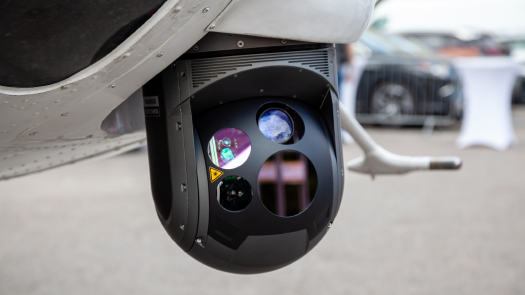
The system enables detection, identification, quantitative and qualitative assessment of objects, with the ability to record, store, and transmit video and photo information.
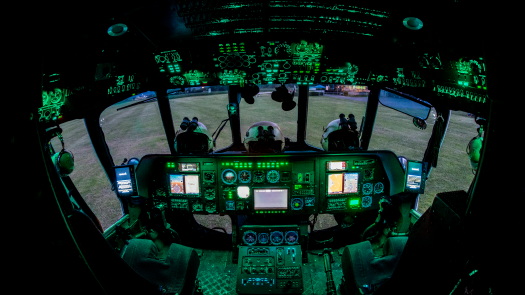
Includes NVGs, NVG-compatible cockpit, steerable dual mode searchlight, along with forward-looking IR camera. Use of the complete Integrated Night Vision Imaging System ensures the highest level of effectiveness of night operations as well as appropriate level of flight safety.






